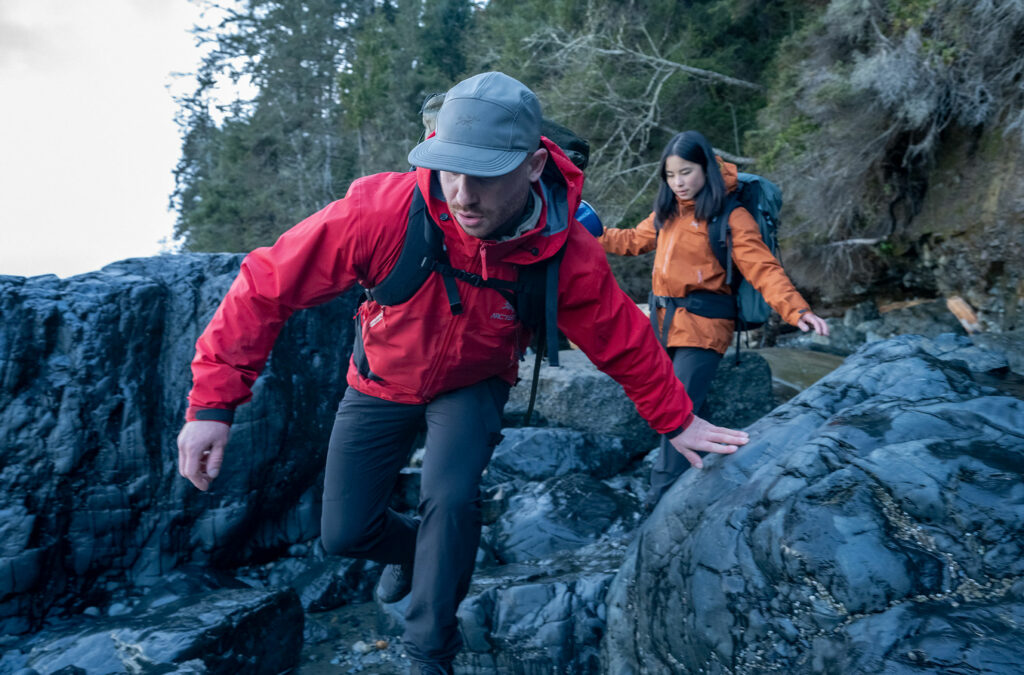
Private sector sporting goods and fitness industries call for urgent and coordinated action to address growing physical inactivity crisis.
New data released today (June 26, 2024) by the World Health Organisation (WHO) on rising levels of physical inactivity is galvanising sporting goods and fitness giants to team up to address this alarming trend.
- New data reveals a that 31% of adults are inactive and are not meeting the recommended levels of physical activity (just 150 minutes of moderate exercise per week)
- If this trend in inactivity continues, global levels of physical inactivity are projected to rise to 35% by 2030 (from 26% in 2010)
- There is a widening gap in participation based on age and gender; women are less active than men by at least 5 percentage points and after 60 years of age physical inactivity rises rapidly
- New data on adolescents is due later this year, but we already know 81% are not doing enough physical activity to maintain good health
- The economic cost of treating health conditions that are preventable by engaging in a more active lifestyle will exceed US$300 billion by 2030
The biggest sporting goods companies in the world including adidas, Amer Sports, ANTA, arena, ASICS, Cycle Europe, Decathlon, Li-Ning, New Balance, Nike, On, Orbea, Pentland Brands, Puma, Restube, Shimano, SHRED., Specialized, SRAM, Tecnica Group, Under Armour, Wearable Technologies and Yonex have come together as members of the World Federation of the Sporting Goods Industry (WFSGI) to support this call for urgent action.
Joining these companies in this call to action are national sporting goods federations from Austria, Brazil, Germany, Japan, Norway, Spain, UK, USA, Cycling Industries Europe, FESI Europe, and ISPO along with Retail and Health and Fitness Federations, FEDAS Europe, EuropeActive, Health & Fitness Association and ICSSPE.
Teaming up to make a difference
WFSGI Chair Andy Rubin says, “Tackling the global inactivity crisis requires teamwork. The new adult inactivity data shows that not enough is being done to reverse inactivity. That’s why, despite being competitors in business, we are coming together to share our expertise on consumer behaviour and engaging people in community sports and physical activity. We are all in this business to help people be more active and develop a lifelong passion for sport and activity and the benefits that brings.”
Amer Sports COO, Michael Hauge Sørensen says, “Our purpose is to elevate the world through sport by inspiring people to lead better, healthier lives. We firmly believe that engaging in physical activity improves the quality of life for everyone, whether it’s competitive trail running, skiing with your family, or simply taking walks to clear your mind after work. Through our global platform, we can inspire people of all ages and abilities to access and discover the joy of sport.”
Emma P. (Mason) Zwiebler, WFSGI CEO goes on to explain how the WFSGI is committed to uniting our industries and facilitating effective partnership-led action to support healthier people and a more active planet.
“The new WHO data is very worrying from a public health perspective but also from an industry standpoint. Getting the world to move more is a business imperative for the members we represent,” says Zwiebler. “This moment is a huge opportunity to harness the collective power of the sporting goods and health and fitness industries as key solution providers for a healthier, more active planet for all. We are proud to work alongside our WFSGI members, fellow trade associations, and leading CEOs who have come out to support this statement and who share our vision of driving multistakeholder cooperation to deliver meaningful change for global health and business.”
What are we up against? The price of inactivity
The new data showing rising levels of physical inactivity among populations worldwide is having direct implications for public health, contributing to the rise in obesity and non-communicable diseases (NCDs) which are chronic health conditions such as heart disease, cancer, respiratory disease and diabetes.
While global inactivity levels by adults was still estimated at 28%, the WHO had calculated the cost of physical inactivity to exceed US$ 300 billion based on estimates that by 2030 nearly 500 million more people are expected to develop health conditions that can be prevented by regular physical activity.
Physical inactivity levels in adolescents are above 80% and the full impact of the COVID-19 pandemic on levels of physical activity amongst children is not yet known. Without urgent action to reverse this trend, there is a very real risk that children and young people, as they grow older, will become a major health and economic burden on society.
How the sporting goods and fitness industry can help tackle the physical inactivity crisis
The private sector sporting goods and fitness industries are making the following commitments which will be enabled through multi-stakeholder collaboration. The industries will:
- Raise awareness of the crisis because it is not getting sufficient government or media attention and therefore needs a stronger strategic and co-ordinated response from the private sector.
- Support people to lead more physically active lives by building on the industries’ expertise of marketing the power of sport and physical activity to the world and channelling its passion, creativity and energy into impactful interventions to reverse physical inactivity trends.
- Leverage the power of major sporting events to raise awareness of the importance of physical activity and deliver community-level initiatives targeting inactive people.
- Create partnerships within the business community and across sectors to co-create a new era of workplace health, active travel and physical activity initiatives encouraging employees to engage in active, healthy lifestyles.
The sporting goods and fitness industries are already working hard to tackle physical inactivity through targeted community-level interventions. However, we are calling for a more collaborative approach that will deliver greater impact more quickly.
We are united in our belief that physical activity has multiple benefits, for example the promotion of active travel has direct benefits for both health and protecting the planet. While it is also recognised
that quality Physical Education in schools directly benefits young people’s mental health and academic achievement.
Collaborating to drive meaningful change
The sporting goods and fitness industries are committed to working together, alongside public sector policy makers and the WHO, to address global physical inactivity levels. As a united voice, we fully support the WHO in its work to implement the Global Action Plan on Physical Activity (GAPPA). The new inactivity data reveals the world is off track to meet the WHO target of a 15% relative reduction in the global prevalence of physical inactivity in adults and adolescents by 2030.
The undersigned organisations represent the combined sporting goods, retail and health and fitness industries who together have a powerful platform and responsibility to galvanize the global sports industry to find solutions and implement them to help address the growing issue of physical inactivity.
This joint statement is signed by:
The World Federation of the Sporting Goods Industry (WFSGI) members
- adidas
- Amer Sports
- ANTA
- arena
- ASICS
- Cycle Europe
- Decathlon
- Li-Ning
- New Balance
- Nike
- On
- Orbea
- Pentland Brands
- Puma
- Restube
- Shimano
- SHRED.
- Specialized
- SRAM
- Tecnica Group
- Under Armour
- Wearable Technologies
- Yones
Other Sporting Goods Federations:
- ISPO
- FESI (Europe)
- SFIA (USA)
- Apice (Brazil)
- BSI (Germany)
- JASPO (Japan)
- VSSO (Austria)
- Norsk Sportsbransjeforening (Norway)
- Afydad (Spain)
- SGIA (UK)
- Cycling Industries Europe
Retail Federation:
- FEDAS (Federation of European sporting goods retail associations)
Health and Fitness Federations:
- EuropeActive
- Health and Fitness Association
- International Council of Sport Science and Physical Education (ICSSPE/CIEPSS)
Here you can find the full WHO report.


